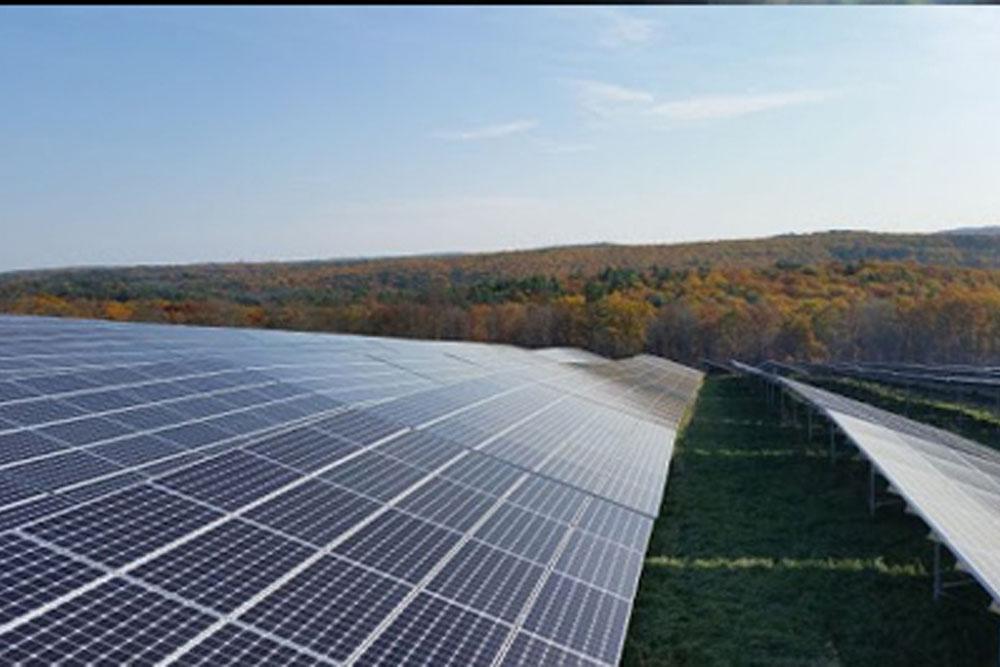The consultant involvement in this mandate consisted in providing support for activities executions and completion of the following scope of work:
- Market opportunities and segmentation:
- Energy and water efficiency opportunities in industrial, agriculture, commercial and residential sectors
- Current status and trends of energy and water consumption in these sectors, benchmarking against Middle East and North Africa (“MENA”) region and/or other regions if possible;
- Sources of energy & water supplies to these sectors;
- Energy and water tariff status and trends;
- Overall status of energy/water equipment & technology in use by these sectors;
- Opportunities for energy and water efficiency improvements in these sector: % of possible improvements, typical investments with typical payback periods and internal rate of return (“IRR”) ranges in each sector;
- Market size estimation: Technical potential market, economically viable potential market, ready-to invest market (over the next 3 years);
- Ranking of sectors/sub-sectors (from Low to High) based on: i) economic viability of EE and water efficiency options; ii) technology availability; and iii) end-user readiness (willingness to borrow).
- Technical capabilities in the market for energy and water efficiency:
- Leading auditors/engineering consulting firms that can serve the identified sectors (brief profiles with contacts and their project examples if available);
- Leading ESCOs operating in the country/region (brief profiles with contacts and their project examples if available);
- Leading vendors operating in the country/region (brief profiles with contacts and their equipment supplies);
- Technical capacity and financial capacity of these auditors, ESCOs, vendors.
- Suitability of framework conditions
- A general description of components required for a systematic approach to create demand for EE and
RE projects in accordance to policy, regulatory, legal and institutional framework;
- A review of international best practices to become reference for suitable local application or local market adaptation.
- Identification of major market barriers.
- Major reasons, perceived or real, that prevent, or may prevent, implementation or financing of EE and/or RE projects (i.e., identify which components in market development are missing and for what reasons);
- Appropriate actions will be recommended to bridge the gap and overcome identified bottlenecks
- Suitable criteria will be defined which will be pre-conditions for engaging financing of EE and RE projects within the FI markets (including commercial banks, leasing companies and MFIs) in Egypt.
- Other programs in the markets:
- Any current government/donor T A programs supporting EE and/or water efficiency in the market (Brief description, Contacts, Lessons learnt from them if available);
- Any financing schemes for EE and water efficiency in the market (either from commercial banks, donors, or government) – (Brief description, Contacts, Lessons learnt from them if available).
- Financial sector’s readiness:
- FIs’ attitude toward sustainable energy financing/climate financing, and their willingness to test various segments of SEF market;
- Leading lenders (commercial banks, leasing companies, microfinance institutions) in the market that could be interested in SEF business, and should be targeted by IFC SEF program;
- Prioritized support needed for these FIs to enter SEF business.


